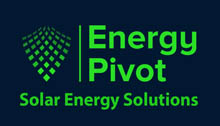Introduction to SSS Products which are distributed and installed through Energy Pivot, which are exclusively available from the manufacturer and a small number of selected business Associated Partners (AP’s).
These are:
- SSS EnergyDock Range (UPS)
- SSS Battery Range
- SSS DC Range
The inverters used in the EnergyDock range is NRS 097-7-1 approved.
The AC distribution boxes offered conforms to SABS standards, IED 60947-2, VC 8036 with NRCS and RCC certification, i.e. circuit breakers, isolators, surge protection, etc.
SSS’s applied Small Scale Embedded Generation (SSEG) principles in the configuration design of their systems.



